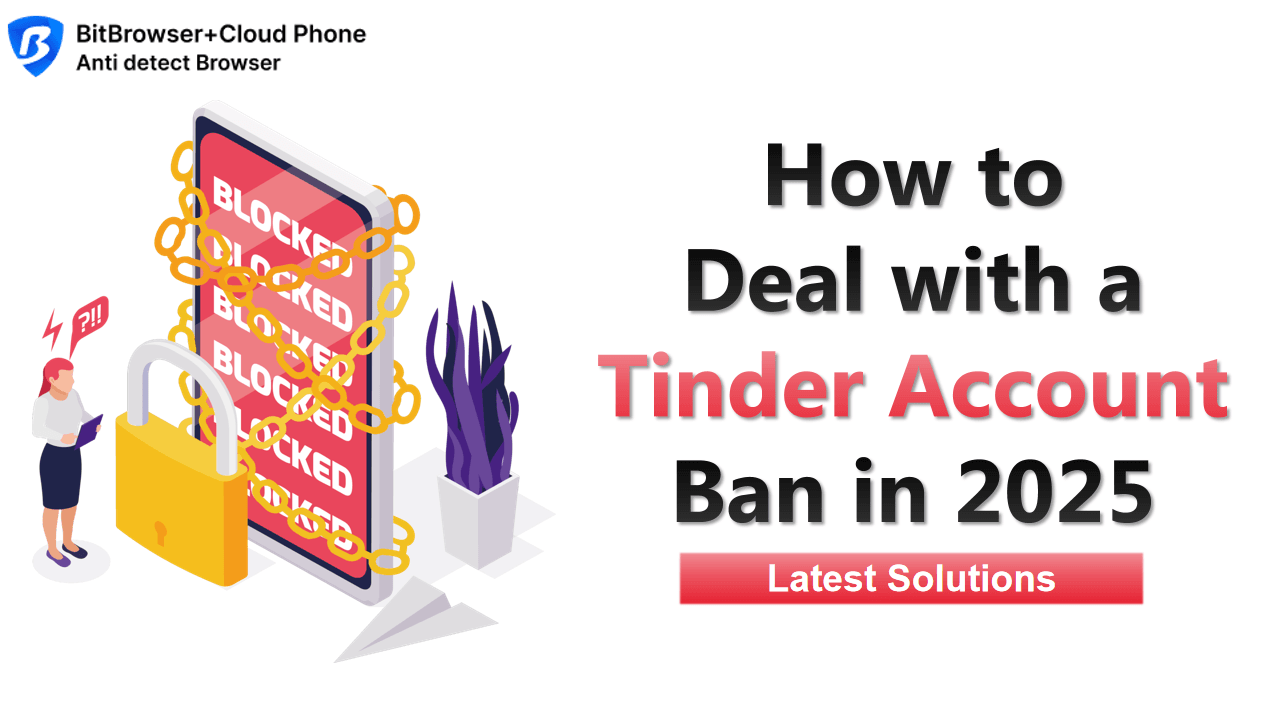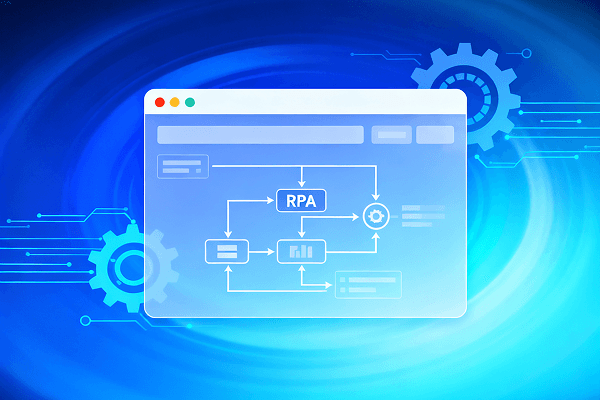
Hot Picks
How to run Facebook ads in 2025? Ideas

Hot Picks
How to promote on Amazon? Sharing various promotion methods

Hot Picks
Choose BitBrowser for fingerprint browsers, and look for the only official website: bitbrowser.cn
Which solution is more secure, Vpn or virtual browser?
Time: 2023-08-16 18:17 Click:
Before we get started, let's quickly review what the acronym "VPN" means and does. A VPN is set up on a public network so that you can send and receive data through the "underground" tunnels of the Internet and hide from the unwelcome curiosity of hackers, advertising agencies, online retailers, and even government officials. The virtual browser can have an anti-detection effect on fingerprint information.
Then let's first understand the working principle of vpn:
Vpn hides your location and you can access internet from anywhere else except home. A VPN adds an extra server to redirect your traffic, then relays it through the tunnel. When you turn on a VPN, you send a request to their servers. From this point on, all information flows in and out, as if it's not you visiting all these sites, but someone else sitting in a different position.
While a VPN will hide your location, encrypt and protect your personal data, and hide itself (if it's a good VPN), it won't anonymize you 100%. There is still a chance that you will be detected by fingerprints, and VPN services will not screen fingerprints.
Bitbrowser virtual browser achieves the effect of privacy protection through proxy and fingerprint simulation. The virtual browser takes a series of measures to confuse the user's device information, prevent Cookie tracking, etc., effectively reducing the user's leftovers on the Internet. Browser fingerprints to protect account information security.

Of course, you can also combine vpn and virtual browser, which will have a better effect.
You can do this two ways: add the VPN as an extension to Chrome, or just use it in your personal profile and change locations when switching between profiles. The first method is a bit more complicated and less secure because you have to make sure the VPN is turned on every time you open your personal profile. Also, you can't save the session, because it's still possible for some leaks to occur after opening the profile but before connecting. Otherwise, your careful work could be ruined in a split second. Of course, you can do this, but you need to be careful as it can be risky.
Turning on the VPN manually before opening the configuration file is a better solution. In fact, although a VPN might be inconvenient, if you don't have too many accounts, it might be better than a proxy server because it's usually more stable and encrypts your data for extra protection. Remember the countries set for different profiles and avoid opening countries in different locations at the same time. Other than that, you just need to choose a reputable VPN and turn it on via your personal profile - just like you would with any normal web browser.

 Multi-Account Management
Multi-Account Management Prevent Account Association
Prevent Account Association Multi-Employee Management
Multi-Employee Management



